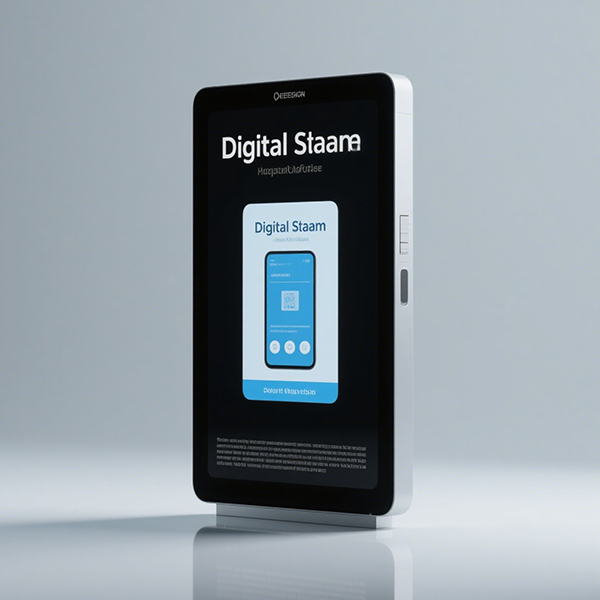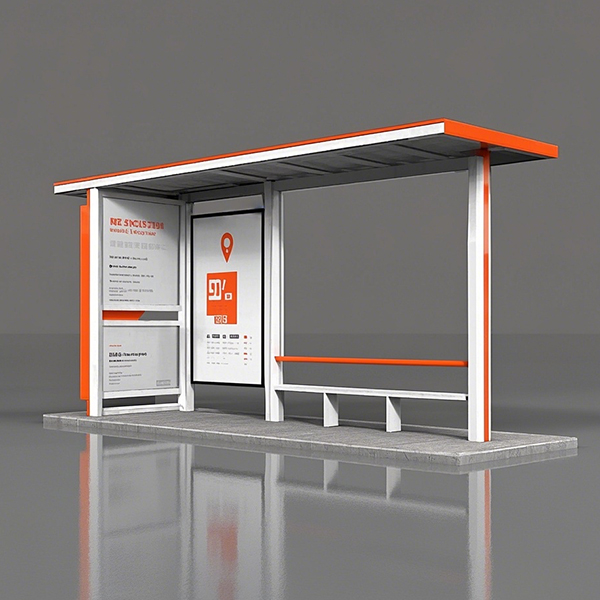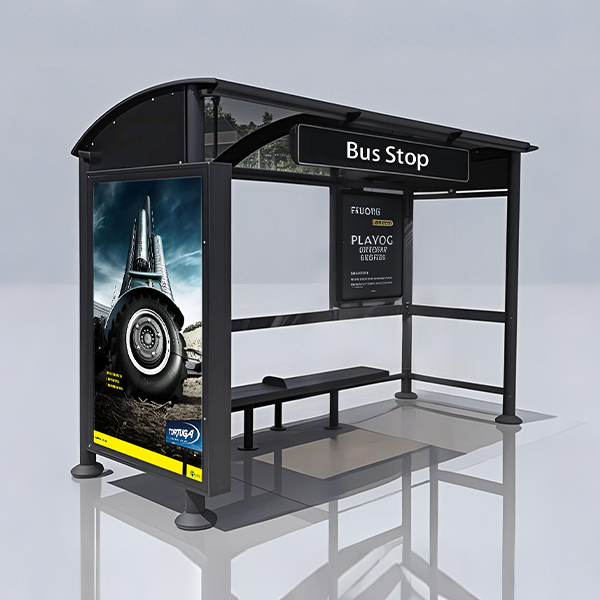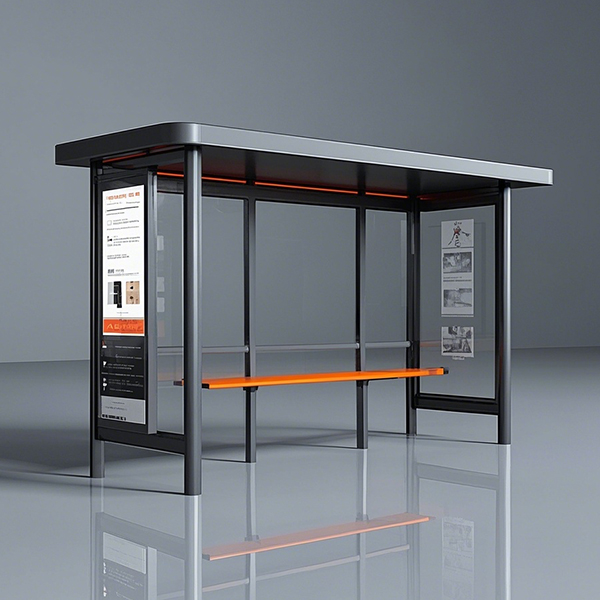
sustainable bus stop design
Sustainable Bus Stop Design: A Comprehensive GuideSustainable bus stop design is crucial for creating environmentally friendly and user-friendly public transportation infrastructure. This guide explores key aspects of designing sustainable bus stops, covering materials, energy efficiency, accessibility, and community integration. We'll examine best practices, innovative solutions, and real-world examples to help you understand how to create truly sustainable bus stops.
Key Elements of Sustainable Bus Stop Design
Eco-Friendly Materials
The selection of materials is paramount in sustainable bus stop design. Prioritize recycled and locally sourced materials to reduce the carbon footprint. Consider using timber certified by the Forest Stewardship Council (FSC), recycled steel, and durable, low-maintenance composites. The use of these materials minimizes environmental impact during manufacturing, transportation, and disposal. For example, using recycled plastic lumber offers a robust and weather-resistant alternative to traditional wood, contributing to a longer lifespan and reduced replacement needs.Energy Efficiency and Renewable Sources
Incorporating energy-efficient features is vital for a truly sustainable bus stop. Solar panels can power lighting, digital displays providing real-time information, and even USB charging ports for passengers. Consider using LED lighting, known for its low energy consumption and long lifespan. Smart lighting systems can further optimize energy usage by adjusting brightness based on ambient light levels and occupancy. These energy-saving measures significantly reduce operational costs and environmental impact over the bus stop’s lifetime.Accessibility and Inclusivity
Universal design principles are fundamental in sustainable bus stop design. This ensures accessibility for people with disabilities, elderly individuals, and families with young children. Features like ramps, tactile paving, clear signage with large fonts, and adequate seating are crucial. Proper lighting also enhances safety and visibility for all users, improving overall accessibility and inclusivity.Community Integration and Aesthetics
Sustainable bus stops shouldn’t be isolated structures. Integrate them seamlessly into the surrounding environment. Consider the aesthetics, using landscaping and green spaces to create a visually appealing and inviting stop. Incorporating community art or murals can personalize the space and foster a sense of ownership among residents. This approach not only improves the visual appeal but also encourages community engagement and enhances the overall user experience. Collaborating with local artists and community groups can lead to unique and inspiring designs that reflect the local culture.Smart Technologies and Data-Driven Design
Integrating smart technologies can significantly improve the efficiency and sustainability of sustainable bus stop design. Real-time passenger information displays, powered by solar energy and connected to public transport systems, provide passengers with accurate and up-to-date information. These systems can also help optimize bus schedules and reduce wait times, leading to improved transportation efficiency. Furthermore, sensors monitoring air quality and passenger usage patterns provide valuable data for improving future designs and infrastructure planning. This data-driven approach ensures ongoing optimization of bus stops for maximum sustainability and user satisfaction.Case Studies: Examples of Sustainable Bus Stop Design
Several cities have implemented innovative sustainable bus stop design projects. For instance, the city of Copenhagen's bus stops frequently feature solar panels and integrated seating, prioritizing both environmental friendliness and passenger comfort. Further research into specific examples in your region will reveal local best practices and solutions tailored to specific environmental and community needs. Exploring such case studies will offer valuable insights into effective implementation strategies and the long-term benefits of sustainable bus stop design.Conclusion
Creating truly sustainable bus stop design requires a holistic approach. By focusing on eco-friendly materials, energy efficiency, accessibility, and community integration, we can build public transportation infrastructure that is both environmentally responsible and beneficial to the community. The integration of smart technologies further enhances sustainability and optimizes resource use. By incorporating these principles, we can create bus stops that are not only functional but also contribute to a greener and more equitable future. To learn more about innovative solutions for public infrastructure, visit Shandong Luyi Public Facilities Co., Ltd. at [https://www.luyismart.com/].Соответствующая продукция
Соответствующая продукция
Самые продаваемые продукты
Самые продаваемые продукты-
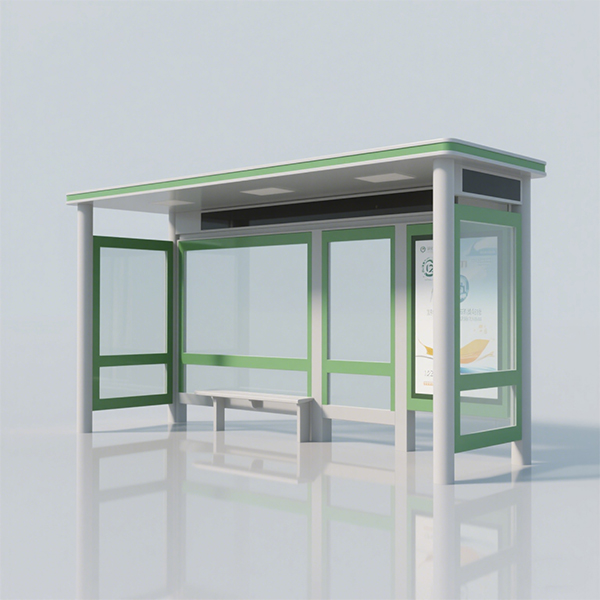 Semi-enclosed Bus Stop Shelter
Semi-enclosed Bus Stop Shelter -
 Simple Bus Stop
Simple Bus Stop -
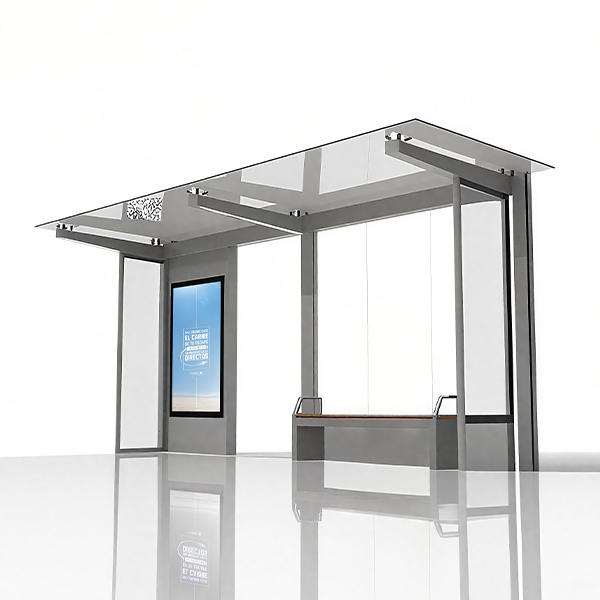 Glass Roof Bus Shelter
Glass Roof Bus Shelter -
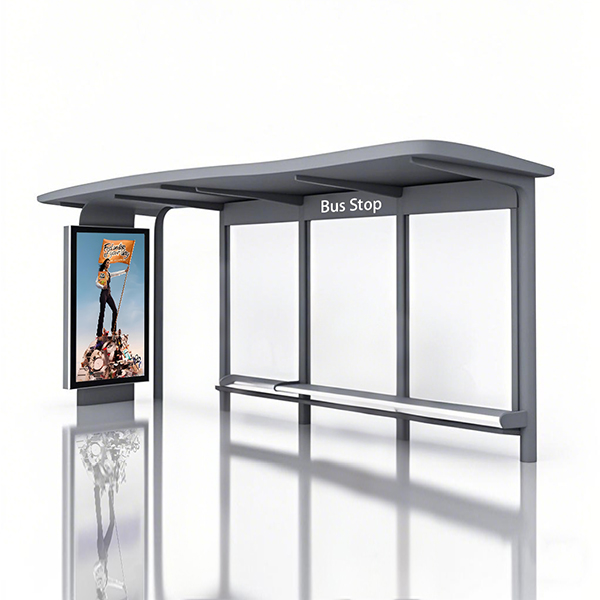 Single Light Box Bus Stop
Single Light Box Bus Stop -
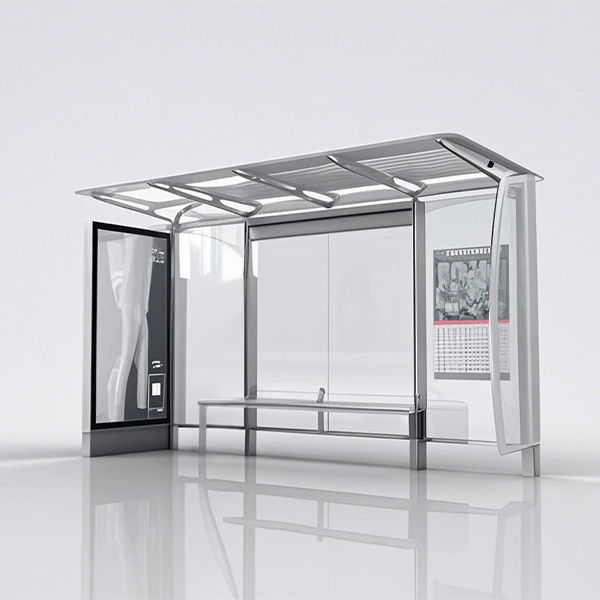 Stainless Steel Bus Shelter
Stainless Steel Bus Shelter -
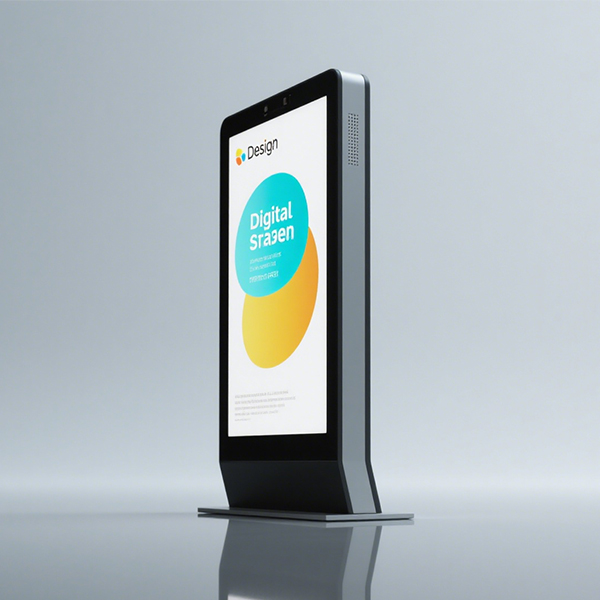 Digital Signage
Digital Signage -
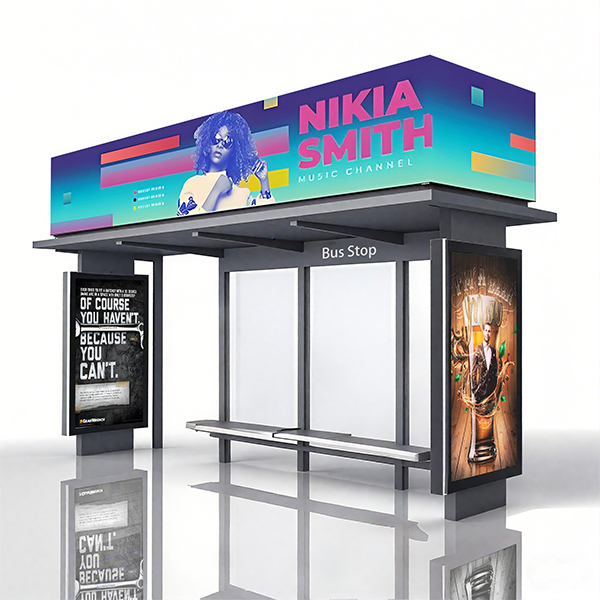 Rooftop Advertising Bus Stop Shelter
Rooftop Advertising Bus Stop Shelter -
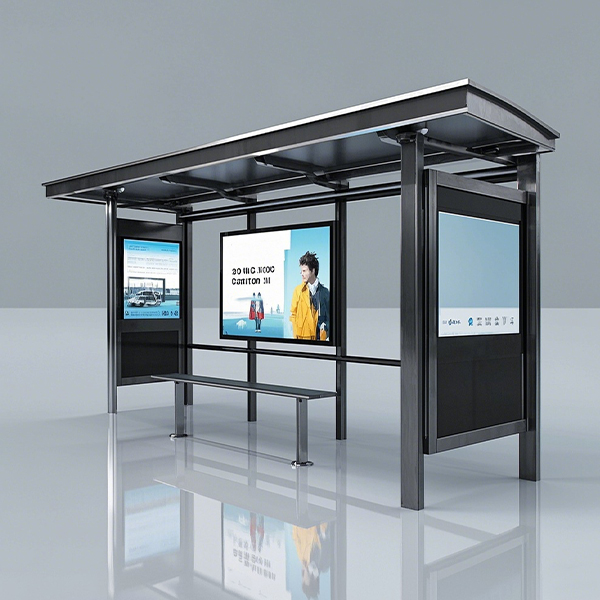 Three Advertising Box Bus Stop Shelter
Three Advertising Box Bus Stop Shelter -
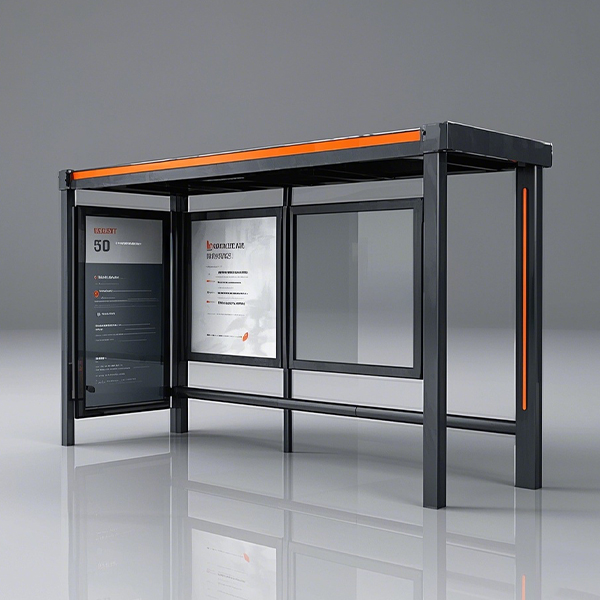 Bus Stop Shelter
Bus Stop Shelter -
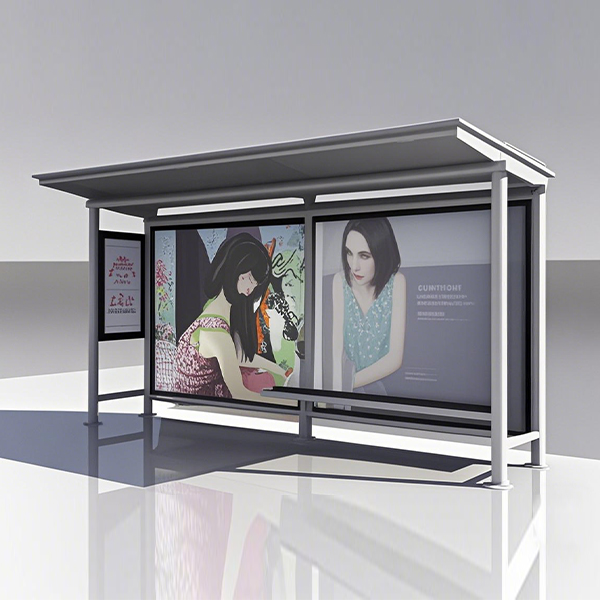 Large Format Advertising Box Bus Shelter
Large Format Advertising Box Bus Shelter -
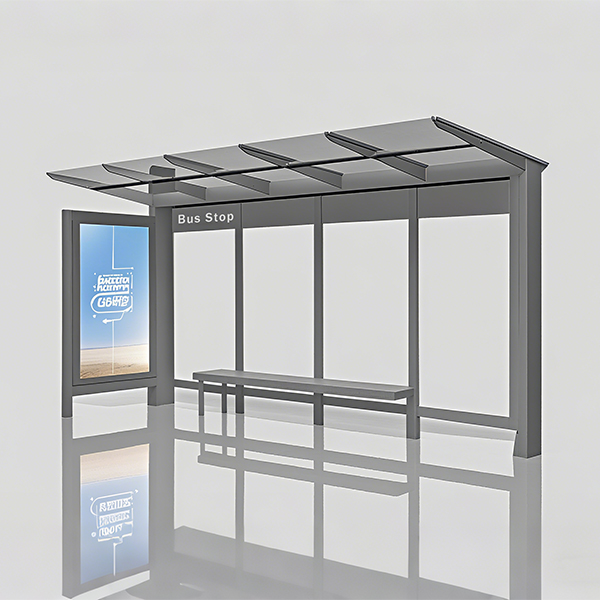 Single Light Box Bus Stop
Single Light Box Bus Stop -
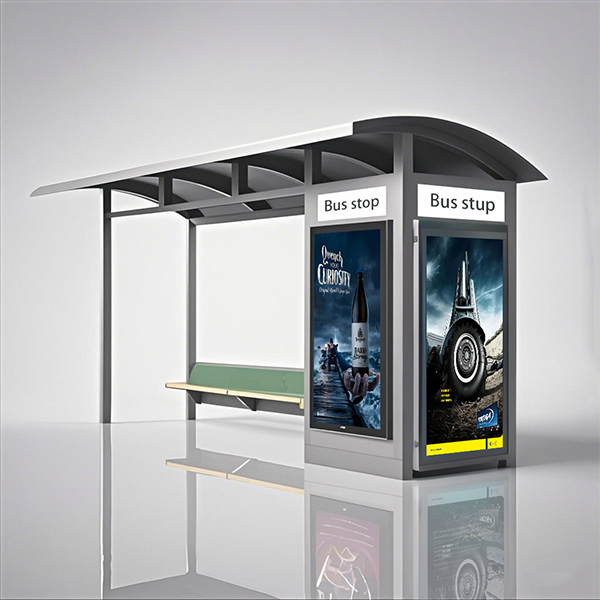 Advertising Bus Stop
Advertising Bus Stop
Связанный поиск
Связанный поиск- interactive digital signage companies
- commercial digital signage
- digital signage 55
- Bus Shelter with Bench and Lighting
- outdoor digital signage solutions
- commercial outdoor digital signage displays
- Bus Shelter Manufacturer Directory
- digital signage companies
- digital signage solutions companies
- workplace digital signage







